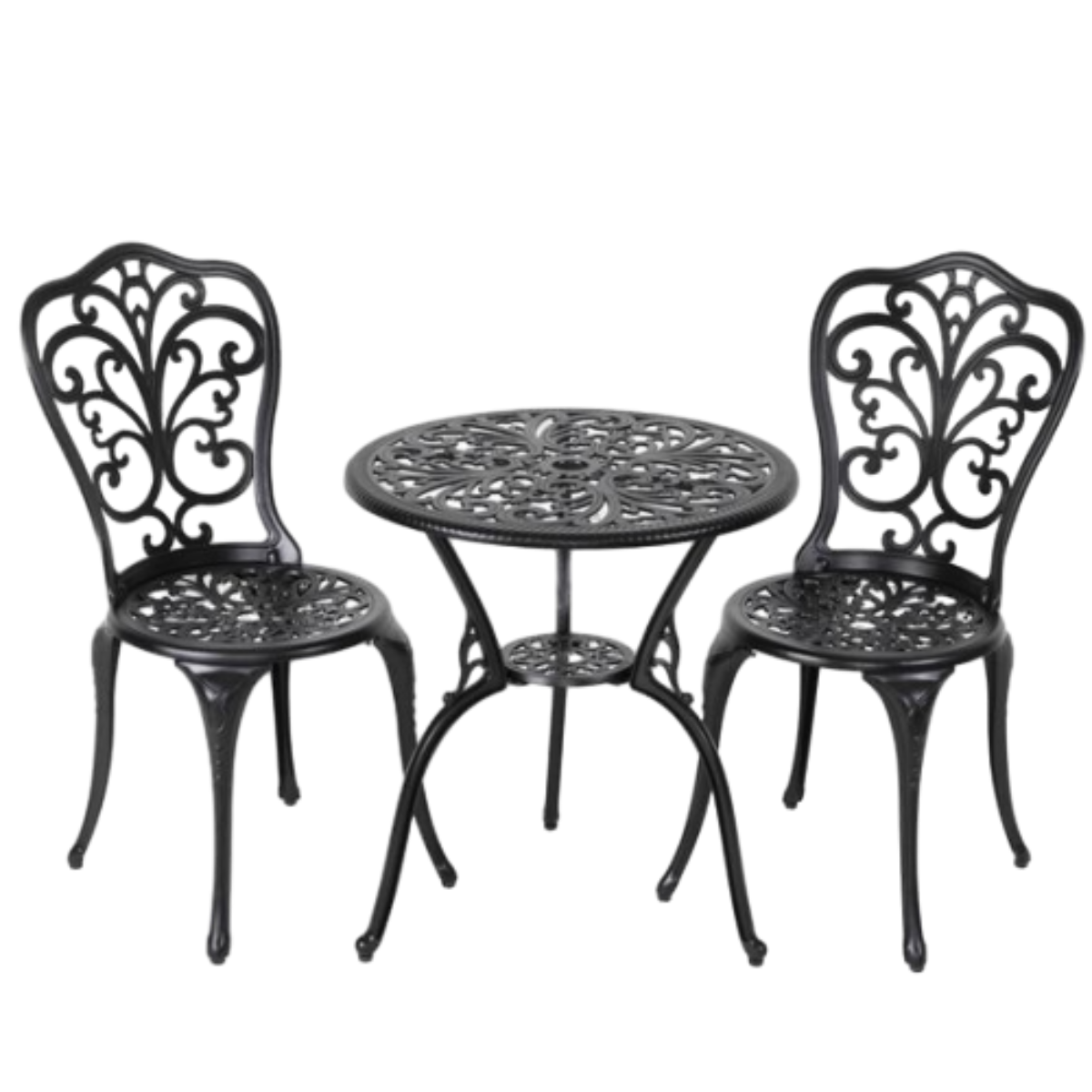cast iron castings
The Versatility and Applications of Cast Iron Castings
Cast iron castings have been a cornerstone of manufacturing since ancient times, becoming an essential material in various industries due to their unique properties. Characterized by their ability to withstand high temperatures, corrosion resistance, and excellent castability, cast iron has served a myriad of applications ranging from automotive to construction.
One of the primary advantages of cast iron is its excellent fluidity when molten, allowing it to fill intricate molds and capture fine details. This property makes cast iron an ideal choice for complex shapes and large components. Manufacturers can produce everything from engine blocks to decorative architectural elements. For example, municipal applications often feature cast iron manhole covers and street furniture, combining durability with aesthetic appeal.
In the automotive industry, cast iron castings are extensively used in the production of engine and transmission components. The material's high wear resistance ensures longevity under extreme conditions, contributing to the overall reliability of vehicles. Additionally, components such as brake discs made from cast iron provide superior friction characteristics, enhancing safety on the road.
cast iron castings

The construction sector also benefits from cast iron's robust nature. It is commonly used in the manufacturing of pipes and fittings for plumbing and drainage systems. Cast iron pipes are favored for their durability and ability to withstand high pressures, making them suitable for both residential and industrial applications. Furthermore, cast iron is often utilized in the creation of railings and supports due to its strength and ease of maintenance, adding value to architectural designs.
Moreover, the versatility of cast iron extends to various types, including grey cast iron, ductile iron, and white cast iron. Each type has specific characteristics that cater to different requirements. For instance, ductile iron offers enhanced tensile strength, making it ideal for heavy-duty applications such as heavy machinery components, while grey cast iron provides excellent machinability.
Despite its many advantages, the production of cast iron castings must be conducted with precision. Factors such as alloy composition, cooling rate, and mold design play critical roles in determining the final properties of the cast product. Modern advancements in manufacturing processes, including computer-aided design (CAD) and simulation technologies, have significantly enhanced the quality and efficiency of cast iron casting production.
In conclusion, cast iron castings play an indispensable role across multiple industries. Their unique properties, superior durability, and versatility make them a preferred choice for countless applications. As technology continues to evolve, the future of cast iron castings looks promising, offering innovative solutions to meet the demands of modern engineering and design.
-
Wrought Iron Components: Timeless Elegance and Structural StrengthNewsJul.28,2025
-
Window Hardware Essentials: Rollers, Handles, and Locking SolutionsNewsJul.28,2025
-
Small Agricultural Processing Machines: Corn Threshers, Cassava Chippers, Grain Peelers & Chaff CuttersNewsJul.28,2025
-
Sliding Rollers: Smooth, Silent, and Built to LastNewsJul.28,2025
-
Cast Iron Stoves: Timeless Heating with Modern EfficiencyNewsJul.28,2025
-
Cast Iron Pipe and Fitting: Durable, Fire-Resistant Solutions for Plumbing and DrainageNewsJul.28,2025
-
 Wrought Iron Components: Timeless Elegance and Structural StrengthJul-28-2025Wrought Iron Components: Timeless Elegance and Structural Strength
Wrought Iron Components: Timeless Elegance and Structural StrengthJul-28-2025Wrought Iron Components: Timeless Elegance and Structural Strength -
 Window Hardware Essentials: Rollers, Handles, and Locking SolutionsJul-28-2025Window Hardware Essentials: Rollers, Handles, and Locking Solutions
Window Hardware Essentials: Rollers, Handles, and Locking SolutionsJul-28-2025Window Hardware Essentials: Rollers, Handles, and Locking Solutions -
 Small Agricultural Processing Machines: Corn Threshers, Cassava Chippers, Grain Peelers & Chaff CuttersJul-28-2025Small Agricultural Processing Machines: Corn Threshers, Cassava Chippers, Grain Peelers & Chaff Cutters
Small Agricultural Processing Machines: Corn Threshers, Cassava Chippers, Grain Peelers & Chaff CuttersJul-28-2025Small Agricultural Processing Machines: Corn Threshers, Cassava Chippers, Grain Peelers & Chaff Cutters












